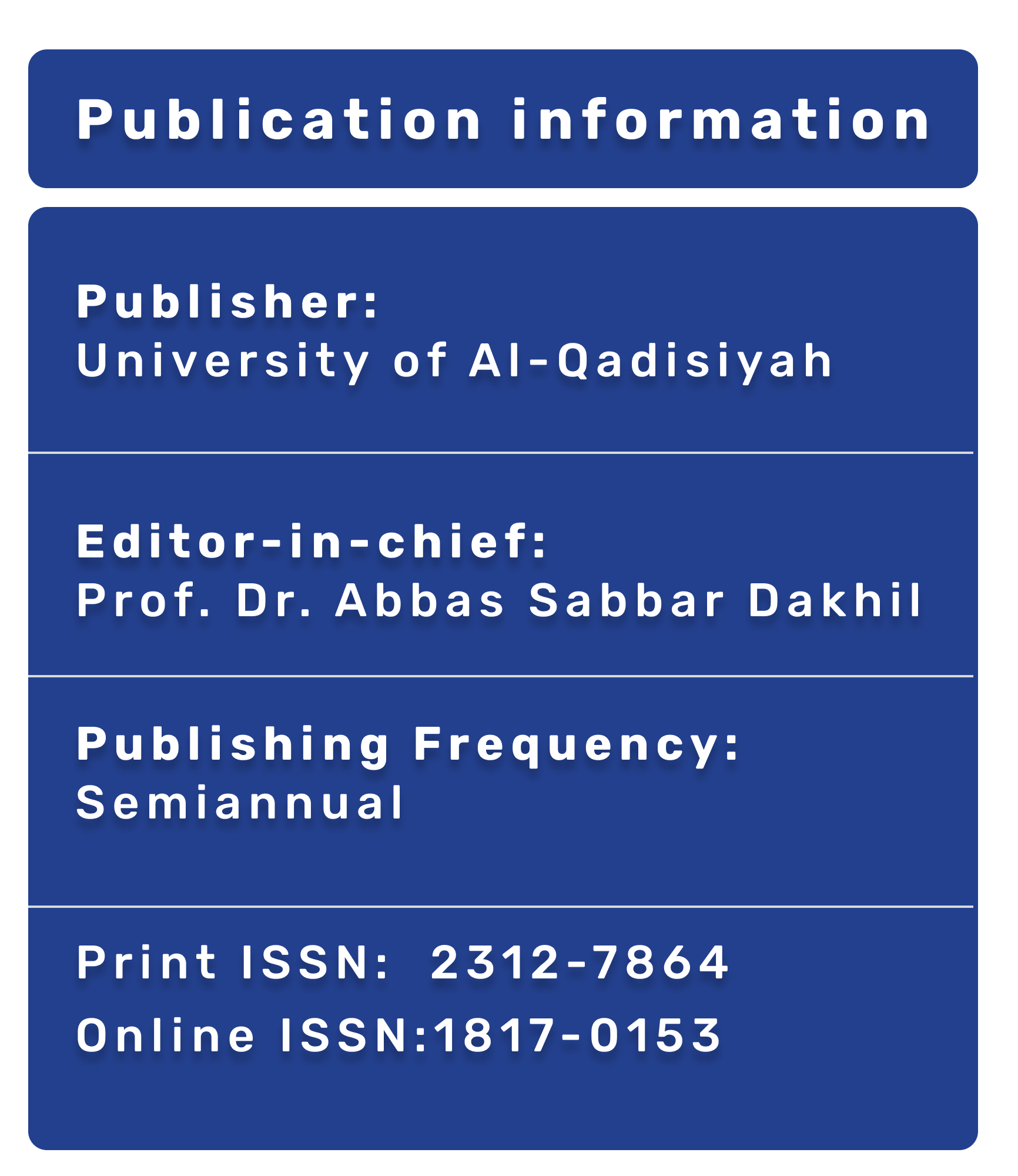الأعمال الأكثر قراءة لنفس المؤلف/المؤلفين
- Adnan Hamad Al-Hamadani, Adnan W. Al-Bideri, Wa'ad M. Al-Janabi, Isolation and Identification of Bacteria from Patients with Transitional Cells Carcinoma of Urinary Bladder , مجلة القادسية الطبية: مجلد 7 عدد 11 (2011)








